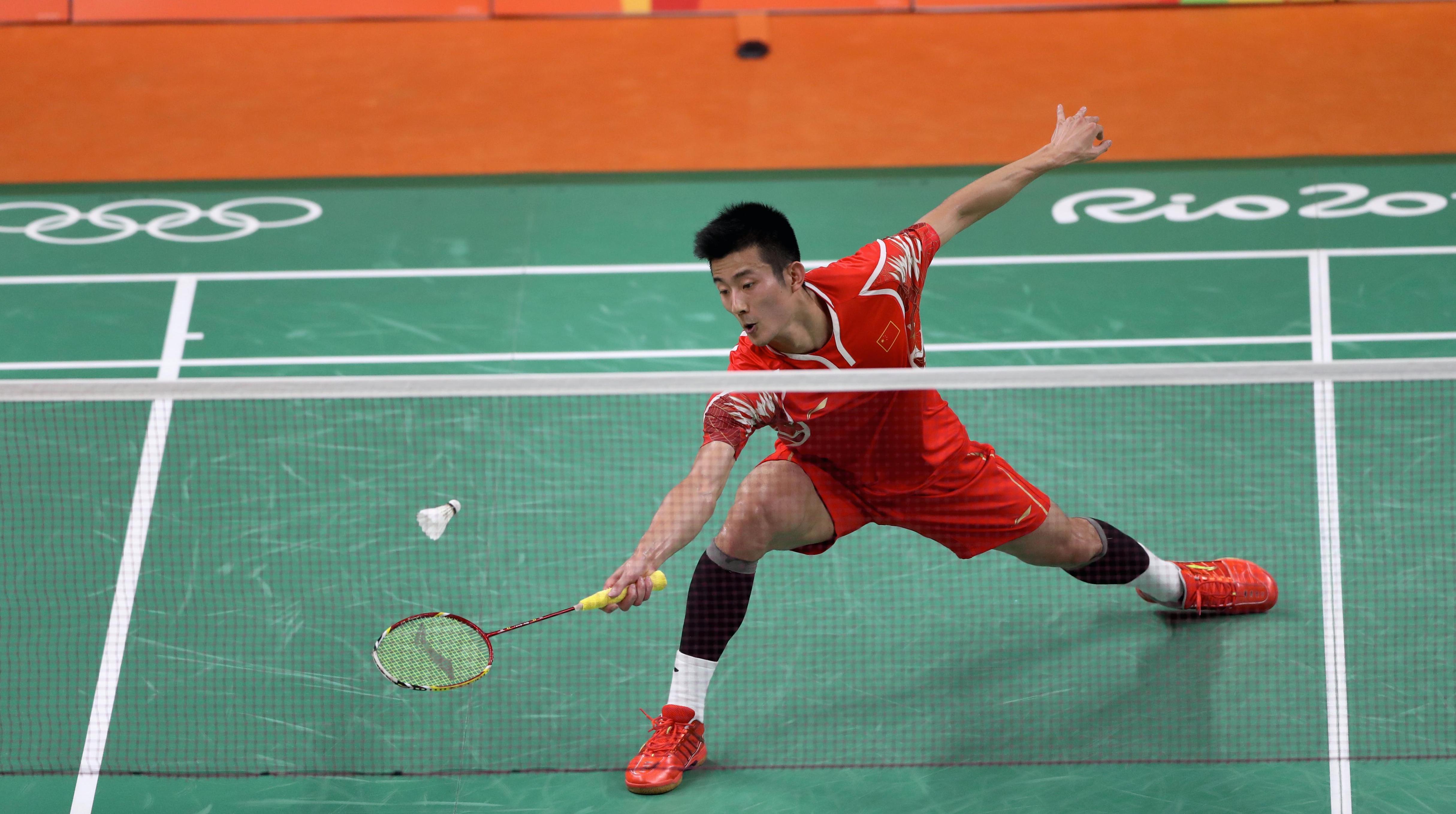Strained calf muscle
A strained calf muscle is a common injury in sports, and especially in ball sports. Proper rehabilitation following this type of injury is important to avoid re-injury.

The muscles gastrocnemius and soleus, commonly referred to as the calf muscles, are located on the back of the lower leg. These muscles are particularly vulnerable to strain injuries. In football, they usually happen when a player quickly tries to reach the ball.
The middle part of the gastrocnemius muscle is most often injured. The strain is often in the superficial part of the muscle, i.e. towards the skin, just below the knee. This is often referred to as «tennis leg». Strain injuries in the soleus muscle are also quite common.
Signs and symptoms
The athlete will feel an acute «stabbing» or «cutting» pain and local tenderness. In addition, there is often swelling and visible bruising. The pain may cause you to limp.
Diagnosis
The diagnosis is made by a doctor or physiotherapist following a clinical examination. MRI or ultrasound are not always necessary, but can be helpful in confirming the diagnosis.
Treatment and rehabilitation
In the acute phase (right after the injury occurs)it is important to start treatment according to the PRICE principle. This will help to reduce pain, minimise swelling, and prevent further damage (see the link "First aid for lower leg injuries").
Pain relieving medication is rarely necessary, but paracetamol can be taken if it is very painful. So-called NSAID medications, such as ibuprofen and diclofenac (e.g. Nurofen and Voltaren), should be avoided because they can delay the healing process. In the beginning it can be a good idea to take some weight off the leg by using crutches. Following this, it is important to increase weight-bearing gradually. This will speed up recovery.
Exercises with a low load should be introduced early in the rehabilitation process. This will strengthen the new muscle tissue. Strengthening exercises can usually be started after 7-10 days. They should be done in consultation with a physiotherapist. Some passive treatment techniques (e.g. massage) can be helpful, but it is nevertheless systematic training that will have the best effect and greatest impact on the final result.
Later on, in the rehabilitation process, it is important for athletes planning on returning to sport to train maximum strength and jumping ability.
Prognosis
It is very difficult to predict how long it takes for a strained calf muscle to heal completely. This is often affected by the extent of the injury.
A study on professional football players showed an average time away from sport to be 13 days. In about 90 % of cases, the athlete is back in full training within 28 days. Recovery from the most severe injuries can take up to several months.
There is a high risk of re-injury following this injury, especially for those who haven't been through a comprehensive rehabilitation program.


